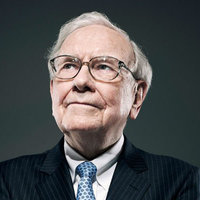
Alumifuel Power Corp
OTC:AFPW

Profitability Summary
Alumifuel Power Corp's profitability score is 54/100. We take all the information about a company's profitability (such as its margins, capital efficiency, free cash flow generating ability, and more) and consolidate it into one single number - the profitability score. The higher the profitability score, the more profitable the company is.

Score
We take all the information about a company's profitability (such as its margins, capital efficiency, free cash flow generating ability, and more) and consolidate it into one single number - the profitability score. The higher the profitability score, the more profitable the company is.
We take all the information about a company's profitability (such as its margins, capital efficiency, free cash flow generating ability, and more) and consolidate it into one single number - the profitability score. The higher the profitability score, the more profitable the company is.

Score

Score
Margins
Profit margins represent what percentage of sales has turned into profits. Simply put, the percentage figure indicates how many cents of profit the company has generated for each dollar of sale.
Profit margins help investors assess if a company's management is generating enough profit from its sales and whether operating costs and overhead costs are being contained.
Earnings Waterfall
Alumifuel Power Corp

|
Revenue
|
0
USD
|
|
Operating Expenses
|
-209.9k
USD
|
|
Operating Income
|
-209.9k
USD
|
|
Other Expenses
|
-149.5k
USD
|
|
Net Income
|
-359.4k
USD
|
Margins Comparison
Alumifuel Power Corp Competitors

| Country | Company | Market Cap |
Operating Margin |
Net Margin |
||
|---|---|---|---|---|---|---|
| MX |

|
Alumifuel Power Corp
OTC:AFPW
|
4.7k USD | N/A | N/A | |
| UK |
L
|
Linde PLC
XETRA:LIN
|
189.7B EUR |
27%
|
20%
|
|
| FR |

|
L'Air Liquide Societe Anonyme pour l'Etude et l'Exploitation des Procedes Georges Claude SA
PAR:AI
|
100.2B EUR |
20%
|
13%
|
|
| US |

|
Air Products and Chemicals Inc
NYSE:APD
|
64.3B USD |
24%
|
13%
|
|
| JP |

|
Nippon Sanso Holdings Corp
TSE:4091
|
2.4T JPY |
12%
|
8%
|
|
| IN |
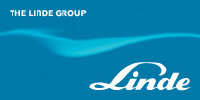
|
Linde India Ltd
NSE:LINDEINDIA
|
543.7B INR |
22%
|
18%
|
|
| IT |

|
SOL SpA
MIL:SOL
|
4.4B EUR |
15%
|
9%
|
|
| JP |

|
Air Water Inc
TSE:4088
|
557.9B JPY |
7%
|
5%
|
|
| CN |
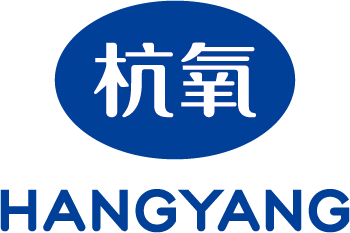
|
Hangzhou Oxygen Plant Group Co Ltd
SZSE:002430
|
22.4B CNY |
10%
|
7%
|
|
| CN |
P
|
Peric Special Gases Co Ltd
SSE:688146
|
18.4B CNY |
14%
|
15%
|
|
| CN |
S
|
Sichuan Qiaoyuan Gas Co Ltd
SZSE:301286
|
10.9B CNY |
22%
|
17%
|
Return on Capital
Return on capital ratios give a sense of how well a company is using its capital (equity, assets, capital employed, etc.) to generate profits (operating income, net income, etc.). In simple words, these ratios show how much income is generated for each dollar of capital invested.




Return on Capital Comparison
Alumifuel Power Corp Competitors

| Country | Company | Market Cap | ROE | ROA | ROCE | ROIC | ||
|---|---|---|---|---|---|---|---|---|
| MX |

|
Alumifuel Power Corp
OTC:AFPW
|
4.7k USD |
5%
|
-8 766%
|
5%
|
18%
|
|
| UK |
L
|
Linde PLC
XETRA:LIN
|
189.7B EUR |
18%
|
8%
|
13%
|
9%
|
|
| FR |

|
L'Air Liquide Societe Anonyme pour l'Etude et l'Exploitation des Procedes Georges Claude SA
PAR:AI
|
100.2B EUR |
14%
|
7%
|
14%
|
9%
|
|
| US |

|
Air Products and Chemicals Inc
NYSE:APD
|
64.3B USD |
10%
|
4%
|
8%
|
7%
|
|
| JP |

|
Nippon Sanso Holdings Corp
TSE:4091
|
2.4T JPY |
10%
|
4%
|
8%
|
5%
|
|
| IN |

|
Linde India Ltd
NSE:LINDEINDIA
|
543.7B INR |
13%
|
9%
|
14%
|
13%
|
|
| IT |

|
SOL SpA
MIL:SOL
|
4.4B EUR |
15%
|
7%
|
14%
|
10%
|
|
| JP |

|
Air Water Inc
TSE:4088
|
557.9B JPY |
10%
|
4%
|
8%
|
5%
|
|
| CN |

|
Hangzhou Oxygen Plant Group Co Ltd
SZSE:002430
|
22.4B CNY |
10%
|
4%
|
9%
|
6%
|
|
| CN |
P
|
Peric Special Gases Co Ltd
SSE:688146
|
18.4B CNY |
5%
|
5%
|
5%
|
9%
|
|
| CN |
S
|
Sichuan Qiaoyuan Gas Co Ltd
SZSE:301286
|
10.9B CNY |
10%
|
9%
|
12%
|
11%
|
Free Cash Flow
Free cash flow (FCF) is the money a company has left over after paying its operating expenses and capital expenditures. The more free cash flow a company has, the more it can allocate to dividends, paying down debt, and growth opportunities.
If a company has a decreasing free cash flow, that is not necessarily bad if the company is investing in its growth.






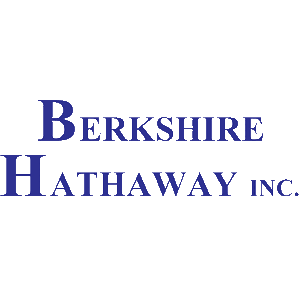


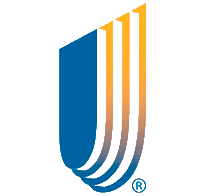
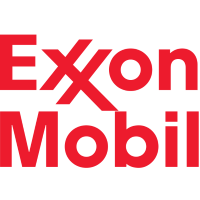
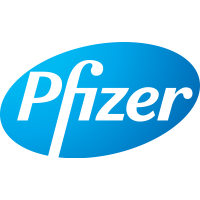


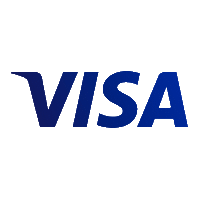


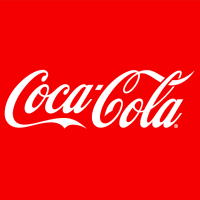
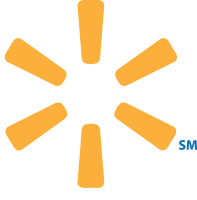





























 You don't have any saved screeners yet
You don't have any saved screeners yet
